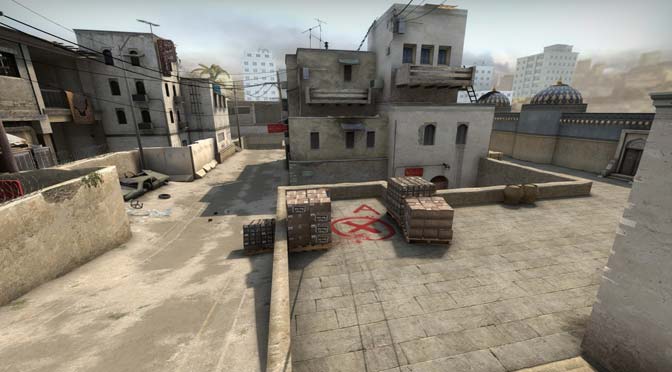FORK TIME! The Competitive Snapshot is branching off into new territory! This time around, instead of focusing on a specific strategy, this episode covers map positioning on dust2, specifically bombsite A. It also covers examples of attack and defense strategies and optimal grenade placement.
Tag: Counter-Strike: Global Offensive (CS:GO)

Behind the Play Episode 15, Virtus Pro vs. Ninjas in Pyjamas
It’s been awhile, but I finally sat down and decided to make another Behind the Play (BTP) episode. This one features pro teams Virtus Pro and Ninjas in Pyjamas (aka NiP Gaming) going head-to-head for the Grand Finals at EMS One Katowice 2014. It’s part 1 of a full match analysis where I do my pause-analyze-resume thing and talk about various insights and questions to consider. I know it’s long-winded as usual and probably fairly basic for most players, but too bad! :P
My goal with this series, assuming I can keep up with it, is to refine my knowledge of CS GO strategy and release more intense and interesting episodes. And if I get that far, then I’ll probably look into casting as well. But for the time being here is part 1 of the latest BTP with part 2 incoming later on. I’ll embed it here, otherwise just subscribe to my YouTube channel and you’ll see it once it’s up. Thanks for watching!
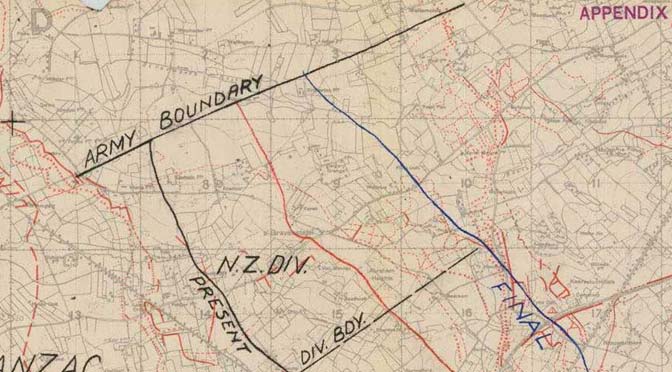
Specific Strategies != Understanding Strategy in eSports
I’m going to start publishing some of the strategy documentation I’ve worked on over the past year. It’s become an incredibly interesting field to study and I think it’s handled poorly in eSports (at least generally). We tend to “teach strategies” which require memorization of specific variables in complex scenarios. This is not helpful to new or even mid-level players. Instead fledgling competitors need fundamental understanding of strategy that allow them to fully grasp the “why’s” of specific strategies.
I’m going to start with an explanation of what I just mentioned above: teaching strategies is NOT the same as understanding strategy. When a new video is released that analyzes a professional strat, we often look to mimic their behavior. And this can have wonderful results that win matches, but the red flag here is that you didn’t succeed because you successfully employed a strategy. Rather, the strategy employed itself and took you along for the ride. Without actually controlling (or understanding) each element of what you mimicked, you are essentially just letting fate decide whether or not it works. This is because there are a range of potential variables at work in a complex environment. And this goes back to something I’ve mentioned before about why strategy works in the first place: because humans are incapable at fully controlling them. If our brains could wrap around strategies completely, keep everything in check, and update on the fly, we’d end every match in a stalemate. Strategy itself is the exploitation of your opponents weaknesses and inability to keep up. This is why fundamental lessons are so important and why specific strategies should be left to the pros.
So, what’s the alternative, you may ask? With a battlefield that changes too rapidly to completely keep up, you are better off training your mind to recognize individual elements. This allows you to keep a running tab on actions that result in a player/team advantage or disadvantage. Which in turn reveals how you should react. You’re basically looking for data that enables you to ask the right questions, make assumptions about the enemy team, or simply know what they’re doing. Don’t try and see the complete picture all at once, instead learn to break it down into its constituent parts.
This inability to alter strats on the fly happens frequently in CS:GO (of which I specialize), where teams who push a bombsite cannot quickly alter their plan when it reveals itself suicidal. A recent dust2 catwalk push comes to mind, where some players pushed out, got awped, and everyone sat by the stairs as the CTs closed in. We had roughly 5 seconds where we could have immediately turned towards B or thrown more flashes and smokes out to cover our rush, but everyone seemed to freeze up. Of course we weren’t properly communicating, but the lesson stands. We tend to look at a catwalk push as the strat itself and nothing more. But it consists of many smaller elements that can be understood and reacted to. The first AWP shot reveals our intent which means we know the mid and long A CTs are probably pushing out or falling back. A smoke towards T spawn could have masked our retreat while flashes and grenades towards double door could have bought us time to retreat. Additional grenades into A site could have delayed the CTs since they expected a push, attacking through mid could have cut off vulnerable reinforcements, and the list goes on.
Now you may think to yourself, that’s way too much to remember, it’s actually easier to just mimic a strat and hope it works. This may be true, BUT you don’t necessarily have to recognize everything all at once. Each teammate can recognize a single piece of data to help leverage the survivability of your team. Let’s say you alone suspect a CT from mid doors to jump on crate. This causes you to flash and grenade the area. Let’s say that you missed any damage, but the flash slowed the CT by a couple seconds. What you don’t realize is that your teammate would have died right there because the CT on the ground was about to pick him as he peeked towards T-spawn. Instead he was able to pick the CT coming from long A or launch a smoke obscuring his vision. Neither of you recognized the others tactic or the multitude of other options, but still managed to save one another and buy time. All because you recognized one element of what was going on around you.
This is the essence of better strategy. It’s not memorization of complex scenarios or mimicking professionals. It’s about recognizing what they’re made of and the patterns that emerge because of them. So go out, spectate, and start picking apart your game. Don’t worry about why the match was won or lost, worry about why someone died in a specific moment and how it could have been avoided. Good luck!
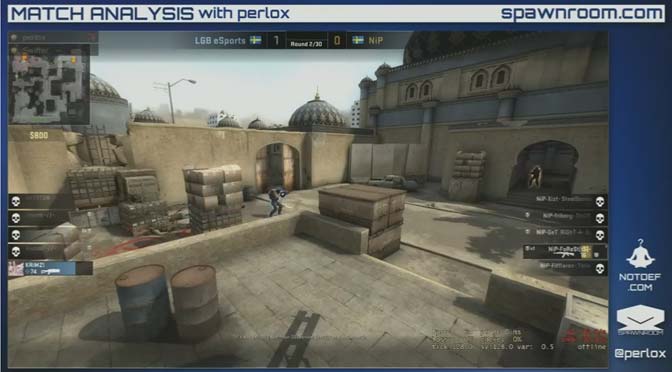
Competitive Snapshot Episode 2, Short A Push on Dust2
It’s time for another episode from my brand new series the Competitive Snapshot! This time we’re focusing on an unsuccessful short A push by Ninjas In Pyjamas (aka NiP Gaming) against LGB eSports. This is a round excerpt from the same match as the first Snapshot episode and brings up timing, grenade placement, coverage, and positioning. It ends with an excellent little duel between Forest and Krimz.
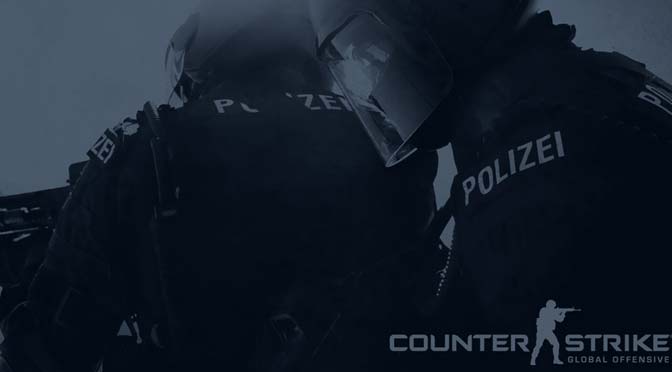
Competitive Snapshot Episode 1, Split B Push on Dust2
Today I finally sat down and recorded the first episode of the Competitive Snapshot (CS). This series will take on a similar approach to Behind the Play (BTP), but instead focus on specific strategies. They will also be much shorter as I will actually edit these videos into more “professional” pieces.
My goal with this series is provide a video compendium of many different strats you can search for using keywords like “pistol round”, “bombsite B push or defense”, etc. Hopefully with enough content, any team looking to correct their actions and improve their play can simply come to my channel and find the necessary information.
Oh I should also mention that I’ll probably refer to this series as the Snapshot, not “CS” because that’s too confusing. So with all that said, here is the first episode of the Competitive Snapshot, a pistol round, split B push at bombsite B on dust2 (between NiP Gaming and LGB eSports):
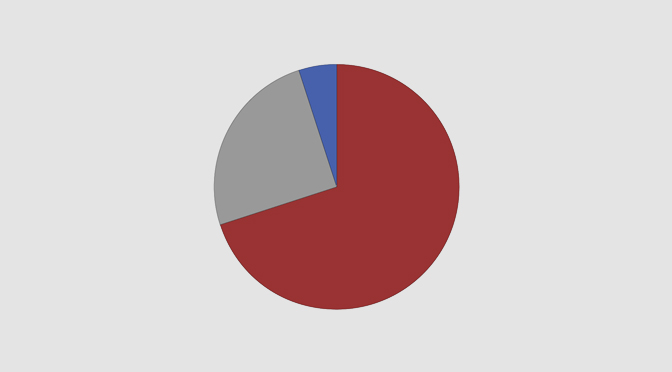
Understanding Probabilities in Competitive Gaming and eSports
One question I’ve always asked, until I understood more about strategy, was, “why don’t they just do X, it seems so obviousâ€, or “why didn’t they do X instead?†From a non-professional viewpoint, often times it seems like there are alternate options that would be highly successful that professionals simply do not use. The reason for this is derived from statistics. There are actions and reactions that are most successful because of assumptions we can make about our opponent. If both teams know that certain actions are more statistically likely than others, than they assume that both teams will do them. So then intuitively you might think, well why don’t they just do the opposite to surprise the enemy team and win. Well this is only slightly true. Surprise maneuvers that are statistically less likely to succeed can work, but the problem is a trade-off of increased risk. In retrospect there are always alternative options that could have worked better, including a wide range of offbeat and risky choices, but the problem is that players must work in the moment and make decisions based off tried and true successful choices. Going off the beaten professional path means taking a higher risk by employing a generally less successful strategy, and while it may work once or even twice, the opposing team will simply adjust to counter your tactics. Once they adjust, they employ the most successful tactic to counter it. Imagine there are all these different routes you can take on any given map. You and the enemy team make choices and each route dynamically adjusts to a percentage success chance based on current positions, HP, etc. As a player you are trying to determine, based on the current situation (current moment), what is the highest percentage path to take. If I choose the left path I have a known 65% percentage chance of success while the right path is 75%. Choose the right because statistically you will perform better over the course of a tournament. Successful teams are those that exploit successful choices more often than their opponents. Another way to imagine this is that if you played a computer bot that could calculate everything at real time, you could never (or at least almost never) win against it because it would always choose the highest path towards success (this assuming it’s not cheating). Since humans are imperfect and generally bad at calculating, strategy exists for that reason. If we all had the data and a way to interpret it, we couldn’t really compete against one another because the outcomes would be known (we’d tie every match). That or we would find some sort of “ultra subtle super calculation strategy†that would be entertaining, but fruitless. Basically the point is, strategy exists because of numbers and our inability to calculate them accurately and/or quickly.
Try and imagine what your opponent knows. For example, a 1-on-1 scenario, you see him moving to the right and percentages pop into your head saying: 85% he continues on his trajectory, 15% he reverses direction. Based on current round time, and 85% path, he must choose only 2 of 3 routes because route 3 is too dangerous and too time consuming. If he reverses direction, 1 of 3 routes are viable due to round timer restriction. If he reverses direction, he must do so within 5 seconds otherwise that path is no longer viable. If he does reverse direction and I don’t notice, he gains a positioning advantage over me. If I wait 5 seconds to see if he reverses, he can safely choose all 3 previously mentioned routes because the danger of you being there is gone, however he doesn’t know that, so 2 of 3 routes are still likely. But because of that 5 second window, he gains 5 seconds more of unimpeded progress which puts you at a positioning and timing disadvantage. The reason being that you would now be entering an area that he is defending. You must now make a decision, do you wait the 5 seconds to see if he reverses direction (which was a 15% chance with a possible positioning disadvantage) or do you continue to the 85% target area where you can gain a positioning advantage over 2 routes? The obvious answer would be to take the 85% path with positioning advantage because it puts you in a more powerful position. This is an example of what I mentioned above where professionals make this sort of calculation and choose the best path. But when the opponent decides to reverse direction at a 15% probability, it’s easy for fans to say “oh c’mon, that was obvious! Why didn’t he check there?†It’s because as a player you cannot do everything, so you must make decisions based on data. Choosing the best possible probabilistic decision, while it does not guarantee a win, will over time increase your odds of winning. Or, it could be said, if you are making good decisions 85% of the time, then you should win a majority of matches against opponents who are making good decisions less than 85% of the time, and vice versa.
For more information you can also read “Hindsight Bias” on Less Wrong.

